Search Results
Search
Filter results
Advanced Filters
Your search returned 279 Solutions
-
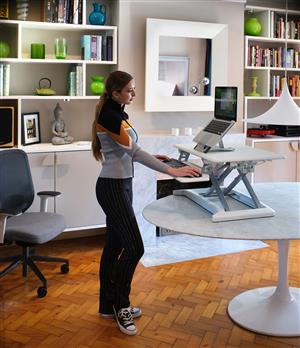
Service package for companies, substantially reducing cost of workplace adaption
MiCase is a service that recommends and implements cost-effective workplace adjustments, such as training, ergonomic provisions, or assistive technology solutions, all of which can be provided by Microlink. In 2020, Microlink had 36 private and public clients for MiCase in the UK, US, and South Africa.
Microlink PC Ltd, MiCase Workplace Adjustments Case Management, United Kingdom -
Itinerary and walking maps for visitors with disabilities
A dedicated brochure contains a walking map with ten different routes through the historic city centre, connecting the touristic highlights while avoiding the worst obstacles. The brochure also describes the accessible facilities along the way. Copies are distributed and availabe as downloads from the website.
Visit Flanders, Maps of Bruges, Belgium -
Announce your visit and special request to stores and public services
Using iBeacon and other technologies and accessibility features of regular smartphones, people with disabilities can specify their service need, such as a barrier-free entry or support and guidance and recipients can plan and prepare for the visit. From July 2017 to June 2018 1,000 people downloaded the app.
Neatebox, “Welcome by Neatebox” App, United Kingdom -
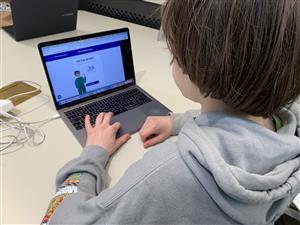
Online game for practicing shopping and making payments online
The online learning game ‘Funkabutiken’, published by the Swedish NGO Funka in 2021, allows users to practice shopping and paying online. Easy language, illustrations, and videos are some of the accessibility features offered. By mid-2022, Funkabutiken had around 20,000 visits.
Funka Nu AB, Funkabutiken, Sweden -
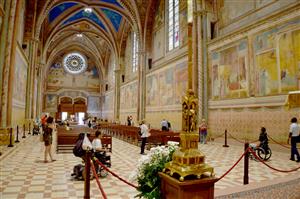
Mapping the accessibility of vacation properties and itineraries
EWB is an accommodation, tour information, and booking service catering mainly to persons with physical disabilities who wish to travel in Europe. The website covers bookings in seven countries. In 2016 EWB provided services to over 7,800 persons with disabilities, including over 3,500 hours of specialised assistance.
AISM - Italian Multiple Sclerosis Society, Italy -
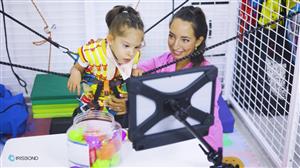
An eye-tracking device for persons with severe disabilities enabling them to communicate via computers and iPads
IRISBOND's Hiru, Spain: Eye-tracking device aiding non-verbal individuals with conditions like cerebral palsy in communication. Compatible with Windows and iPad, enabling societal participation. Over 7,000 global users in 2022.
Hiru, Spain -
Guidelines and toolkits to promote fully accessible schools
The information is based on Indian national codes and space standards, as well as on universal design principles. Together, they provide authorities with infrastructural recommendations. Staff and teachers are assisted with curriculum and classroom materials in accessible formats, e-learning technology solutions, and other educational services.
Samarthyam - National Centre for Accessible Environments, India -
Inclusive evacuation strategies following a tsunami, earthquake, or volcano eruption
Forum Komunikasi Masyarakat Berkebutuhan Khusus Aceh is a forum of various disabled people organizations in the in Aceh province, an tsunami and earthquake affected region. From 2015 to 2017, the organization trained 296 persons with disabilities, and 965 have participated in three disaster evacuation simulations.
FKM BKA - Forum of Community with Special Needs Aceh, Indonesia -
Promoting innovative assistive technologies internationally
The project has created and developed a set of affordable open source tools that enable people with physical disabilities to use computers and smartphones easily. The tools are provided as construction kits during hands-on workshops, demonstrations are given on how to use and build the tools on a local basis.
University of Applied Sciences Technikum Vienna, Austria -
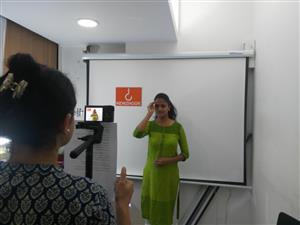
Easy access to news for persons with disabilities
Newz Hook provides easy access to news for persons with hearing and visual impairments as well as intellectual disabilities. It also informs parents and special educators on innovations. Between 2016 until 2017, Newz Hook has gained 8,000 users of the app and 20,000 users who read the news every day on the website.
BarrierBreak, Newz Hook, India